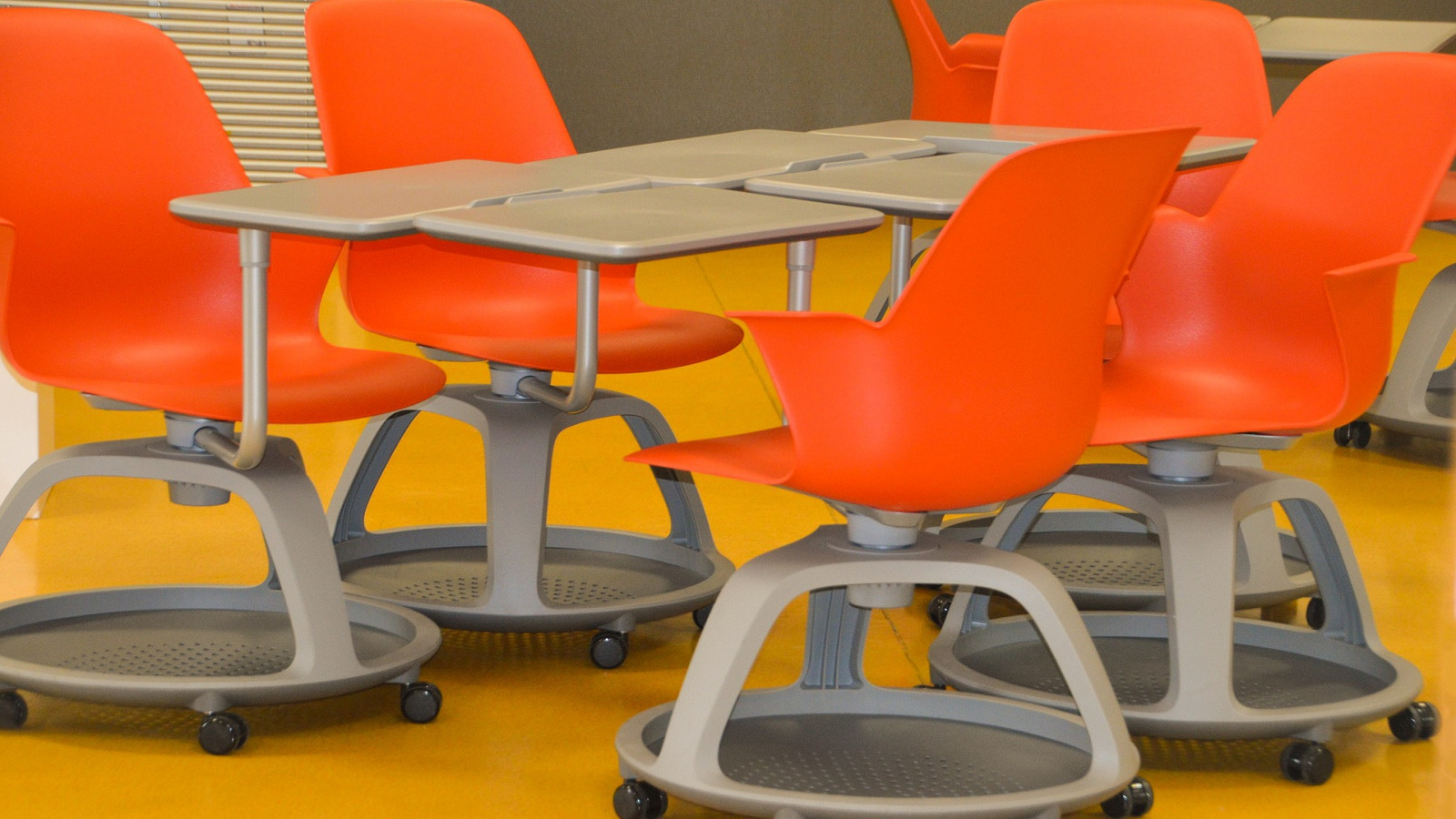
In recent years, flexible work spaces have become a growing trend in the labor ecosystem in our country. The pandemic caused by the coronavirus meant a slowdown in the investment of companies in this type of solutions, due to the rise of the telecommutingbut, since Spain overcame this contingency, the growth data for this sector have not stopped increasing.
As reflected in a CBRE study, which has recently advised Lexington in its latest opening in L’illa Diagonal, the stock flex is increasing and in 2022 it has increased by 12%.
In 2022, they joined almost 50,000 square meters of flexible spaces to the figures for 2021. Madrid has experienced a growth of 83% with a total of 18,000 square meters more than the previous year, while in Barcelona it has continued to demonstrate its attractiveness for operators that offer this type of service, with an increase of almost 30,000 square meters.
On the other hand, the post-pandemic period has broken the balance that existed between the two cities in 2019 and has caused a large increase in the rate of recovery in Barcelona. With the latest data available, its total number of contracted square meters represents 70% of the national total, while that of the capital of Spain is close to 30%. Before the pandemic, the figures were 55% and 45% respectively.
Top 10 in EMEA for flexible workspace offerings
Regarding the international market, the stock of flexible offices has increased in EMEA 5.3% compared to the end of 2021 to reach 4.5 million square meters.
Within the top 10 cities with the highest percentage of flexible work spaces with respect to the total number of offices, Barcelona ranks third with 3.3% and more than 210,000 square meters behind London and Amsterdamwhile Madrid is in seventh place with 1.9% and 230,000 square meters of flexible workspace.
By the year 2023, the opening of 20 new flexible work centers in our country has already been confirmed, a figure that means adding 8% of flex stock to the current figures.
Finally, it should be noted that this year’s behavior with respect to growth will be more cautious than in the pre-pandemic era, since the number of square meters of flexible workspaces will increase organically and in relation to consumer demand. , as has happened during 2022.



